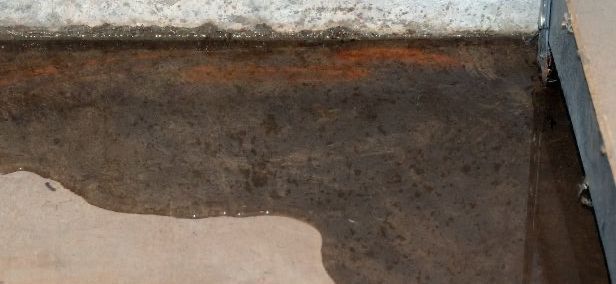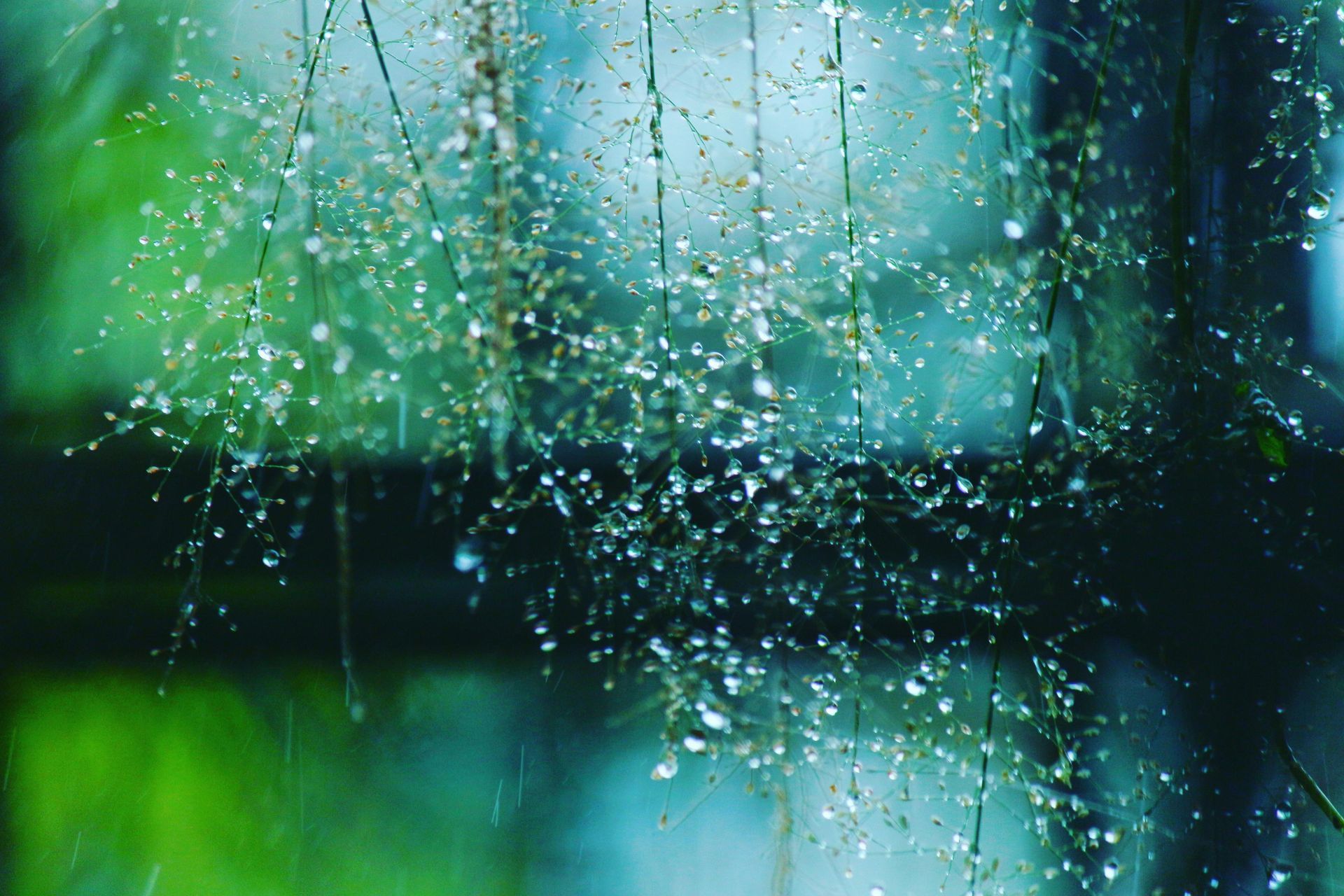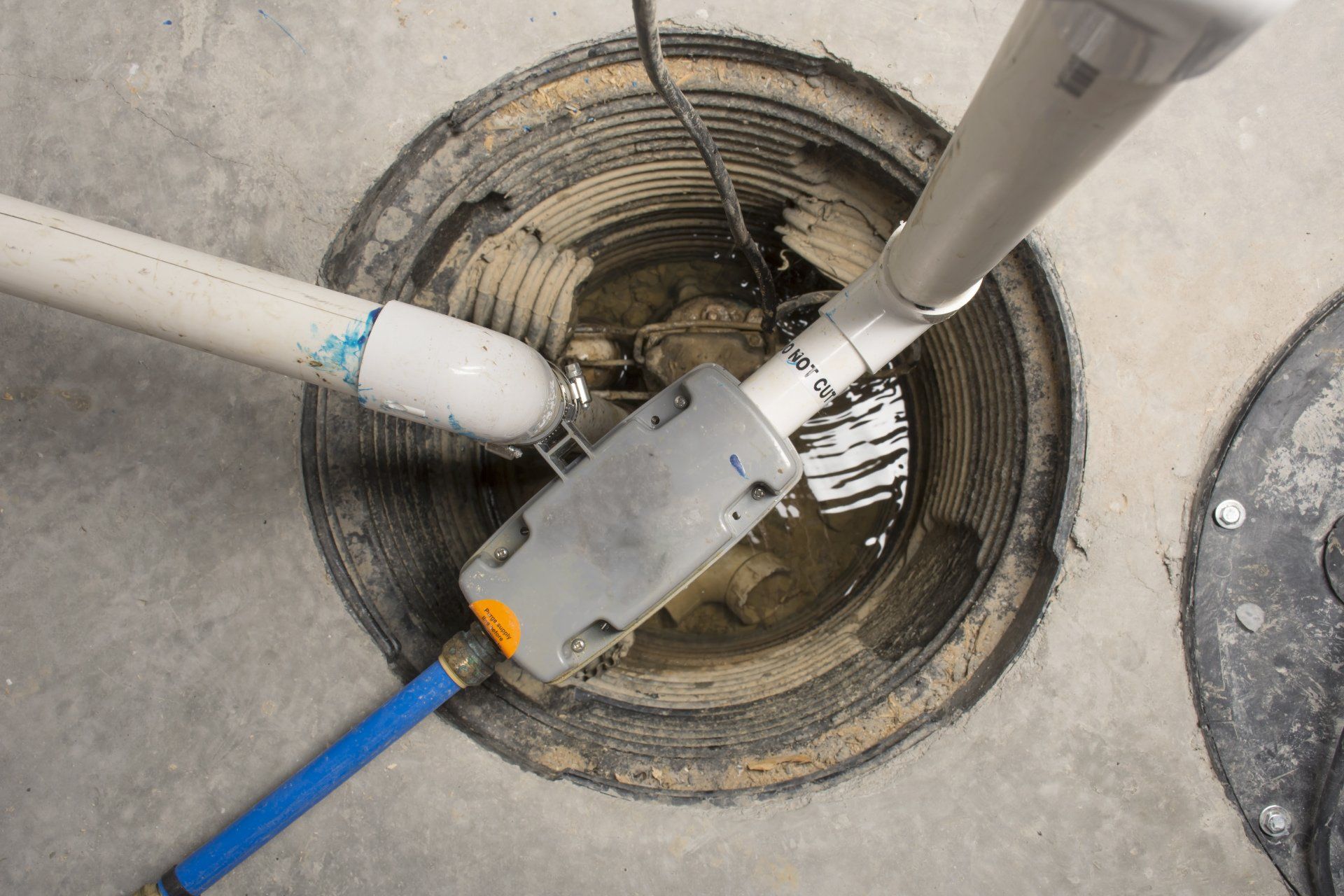Spring Rains are Ahead; Is Your Basement Prepared?
Is Your Basement Ready for the Rains?

Beneath the beauty of springs arrival lies is a veiled threat of rains that seems to never end, testing the resiliency of your basement. This is especially true after a dry winter that we've seen in the Midwest. The ground cannot withstand the overabundant amount of rain in a short amount of time, which is what typically happens in March and April.
As the ground swells with water, that pressure starts building in search of the weak points in your foundation. One crack, one poorly drained yard, may invite in trouble: damp walls, water in your basement, musty air, or worse—flooding. This is not only about water; it is about the protection of the very foundation of your home. Spring rains won't wait until your home is ready, nor should you. A well-prepared basement will stand firm as your house protects itself against wet storms raging outdoors.
The Threat of Spring Rains to Your Basement
The spring rains seem to be a new beginning for nature, but for your basement, they often mean
damage. A heavy amount of rainfall saturates the soil surrounding your home and puts pressure
on your foundation, so it tries your basement's defenses. Even minor vulnerabilities, such as a
hairline crack in the foundation or clogged gutters, may allow water to intrude.
Neglecting these issues may result in further damage, costly ones, that might leave your basement flooded or compromised by dampness. In order to protect your space effectively, it's vital to understand how water enters and the extensive damage it may cause to your home.
How Water Intrusion Happens
Water intrusion doesn't just happen; it occurs when certain vulnerabilities in your home align with heavy rainfall. From oversaturated soil to hidden cracks, these are the weak points that allow water a pathway into your basement.
Soil Saturation
Water saturates the soil around your home during heavy rains until it reaches a point where it can't hold any more. This saturated soil exerts immense pressure on your foundation, something referred to as hydrostatic pressure. As the rainwater saturates the ground, it finds those cracks and slowly leaks into your basement. Over time, if they are not resolved, these tiny cracks can start to widen further, increasing your problem and also possibly threatening the structural integrity of your home.
Foundation Cracks and Gaps
Foundations always shift and settle with time, forming cracks and small gaps in them. These small openings, while apparently not very damaging, are like open doors for water. It can also seep into the ground and find its way into the cracks, thereby slowly working their way into your basement. As time goes by, if this is left unaddressed, these can enlarge, making the problem worse or even potentially a threat to structural integrity.
If you see any cracks in your foundation, it’s better to consult with experts like PierMagic to fix the problem before it becomes a threat for your home.
Inadequate Drainage Systems
Your drainage is the first line of defense regarding water intrusion, and it needs to be up for the task. Sometimes this involves clogged gutters and downspouts with breaks in them; other times it's an improperly sloped yard, resulting in puddling around the foundation. Unless it is properly directed elsewhere, the excess water raises the rate of soil saturation, increasing the leakage and flood probability in your basement.
The Consequences of Water Damage
Water damage is not simply an inconvenience; it can turn your basement into a hazardous space and even go on to compromise the integrity of your whole home. Understanding the consequences helps underpin why preventative measures matter.
Flooding and Property Loss
One of the most immediate dangers of water intrusion is the flooding that can quickly destroy flooring, furniture, and personal belongings stored in the basement. Even smaller leaks can set up puddles that quickly harm carpets, drywall, and insulation—and often generate expensive repair bills.
Mold and Mildew Growth
Damp basements are ideal for mold and mildew to breed. Moldy fungi that love damp and dark places and spread at a very tremendous rate, damaging not only your walls and floors but also posing serious health risks. Continuous appearance of mold causes respiratory problems, allergies, and other health issues in your family.
Structural Weakening
With constant intrusion of water, over time, the foundation gives in to such problems and starts to crack with every rainfall. If left unheeded, a few possible extreme results are sagging floors, leaning walls, and collapse.
Essential Basement Waterproofing Solutions
Seal Foundation Cracks
Foundation cracks can be sealed by injecting epoxy or polyurethane into them, preventing water
from seeping inside. Professional repair may be necessary for larger cracks or persistent issues to ensure long-term protection.
Upgrade Drainage Systems
Clear the gutters and downspouts, ensuring they direct water away from your homes foundation for at least 10 feet. Consider installing French drains or a better exterior drainage system to eliminate water accumulation around your home. Proper grading on your property could also serve as an effective detour for rainwater.
Apply Waterproof Coatings
Waterproof coatings further protect the basement walls and floors through sealing action. This is
usually done with masonry waterproofing paints or sealers that protect the water infiltration through the concrete surface. It works perfectly for small wet basement areas and when supplemented by other ways of waterproofing.
Landscape Modifications
Your yard design directly impacts the way water is flowing around the home. Regrade your land
around your house, developing a gentle slope away from your foundation, and add rain gardens and gravel beds to better water absorption.
RELATED: How to
Build a Rain Garden
Sump Pump Installation and Maintenance
One of the handiest ways to avoid basement flooding is by using a sump pump. It gathers all the
excess water that comes into the sump pit and moves it safely away from your house. If you do not have one installed already, it is one of those smart investments you should consider making. Where pumps have already been installed, routine checkups are necessary—test your pump before rainy seasons and, if possible, invest in a backup battery system so that it works during power outages.
RELATED: What is a Sump Pump and How Does It Work?
A properly prepared basement won't give you a headache in the advent of spring rains. Cracks in your foundation sealed, improved drainage, and waterproofing solutions will protect it from water damage, mold, and structural problems.
At PierMagic, our mission is to protect your home with expert waterproofing and foundation repair. Let our professionals at PierMagic help keep your basement dry and safe this season. Reach out today for a solution that perfectly fits your needs.
Free Estimate
We will get back to you as soon as possible.
Please try again later.
Address
PierMagic Foundation Specialists
932 Locust Hill Circle
Belton, MO 64012
Serving: Grandview, Lee's Summit, Blue Springs, Leawood, Overland Park, Olathe, Raymore, Belton, Independence, Oak Grove, Liberty, Parkville, Butler, Columbia, Harrisonville, Peculiar, Pleasant Hill, and the greater Kansas City area
All Rights Reserved | PierMagic Foundation Specialists




